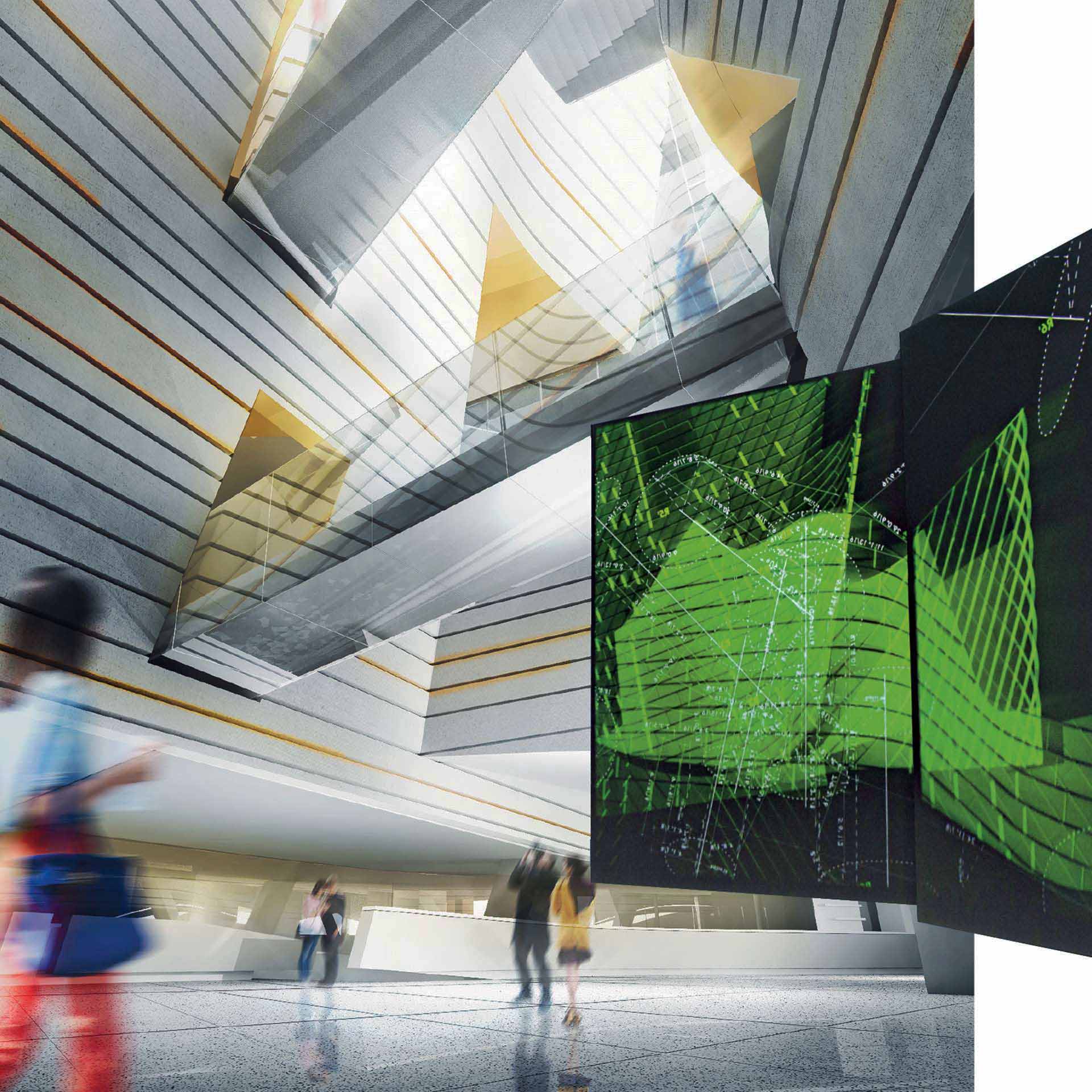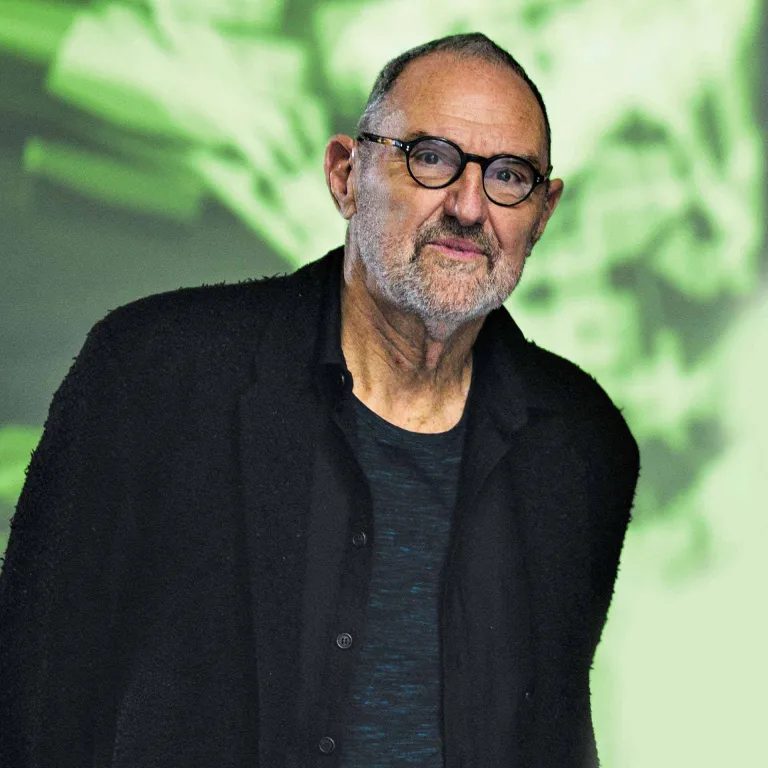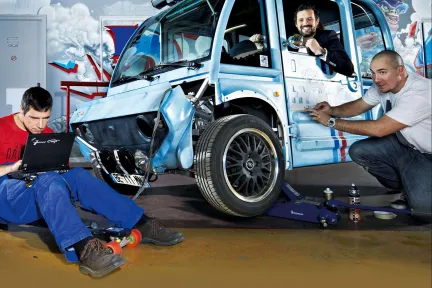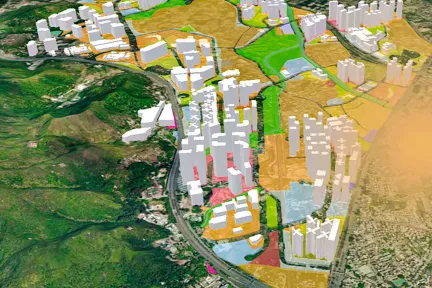Sustainable cities: key issues
The growing complexity in cities reflects the increasing demands that architecture must address such as functionality and environmental sustainability.
Architecture must address increasing demands in terms of functionality, environmental sustainability, and performance, which now also overlap with issues relating to sustainable mobility.
Morphosis Architects has always been interested in how cutting-edge tools can expand and augment the design process. Founded by Thom Mayne, Morphosis’ architecture and planning projects are recognized the world over, and feature major innovations in terms of form, constructability and sustainability.
Morphosis was one of the first architecture firms to adopt CATIA and parametric modeling, and it uses the 3DEXPERIENCE platform at all stages from design to completion, from immersive visualization of the concept to optimization of energy-efficient façade systems.
A building‘s architecture is an increasingly complex system that requires tools and innovations that are themselves increasingly sophisticated in terms of design and construction. This growing complexity reflects the increasing demands that architecture must address in terms of functionality, environmental sustainability, and performance, which now also overlap with issues relating to sustainable cities. For example, urban growth is creating traffic congestion problems all over the world.
By modeling our projects in 3D, we can progress very quickly, considerably increase the amount of time we spend thinking and reduce the time spent on manual work.
THOM MAYNE
Born in the United States in 1944, architect Thom Mayne is part of the deconstructivist movement and co-founder of design and architecture firm Morphosis.
His designs can be found all over the world, and he won the Pritzker Prize in 2005.
A new, integrated travel system
With limited space available on the ground, it will be hard for current traffic routes to cope with increasing volumes of travel. This is why Urban Air Mobility (UAM) is such an active area of development. Fifty companies, from established aerospace and automotive groups to technology startups, are currently working in this field. Hybrid propulsion systems are being developed for the near term, but all-electric airborne vehicles that can take off and land vertically are the future: their low emissions and noise levels are a winning combination for our cities.
Unmanned Aerial Vehicles (UAVs) also are a major application of UAM technology. Designing these vehicles and showing that they can operate reliably in a complex urban environment are major challenges. Multidisciplinary analyses must be carried out within a tightly defined regulatory framework. The large amount of data involved requires integrated project management that combines virtual prototyping and physical simulation within a collaborative platform.
The most advanced aerodynamic and aeroacoustics simulation techniques are integrated within the SIMULIA solution, allowing users to understand and resolve highly complex issues, starting with noise, which is mainly produced when the blades of the main rotor hit the turbulence generated by the other blades. Vehicles often have a number of rotors, some of which can be coaxial and contra-rotating, with variable angles and speeds, resulting in a level of complexity that goes beyond the capabilities of traditional fluid dynamics simulations.
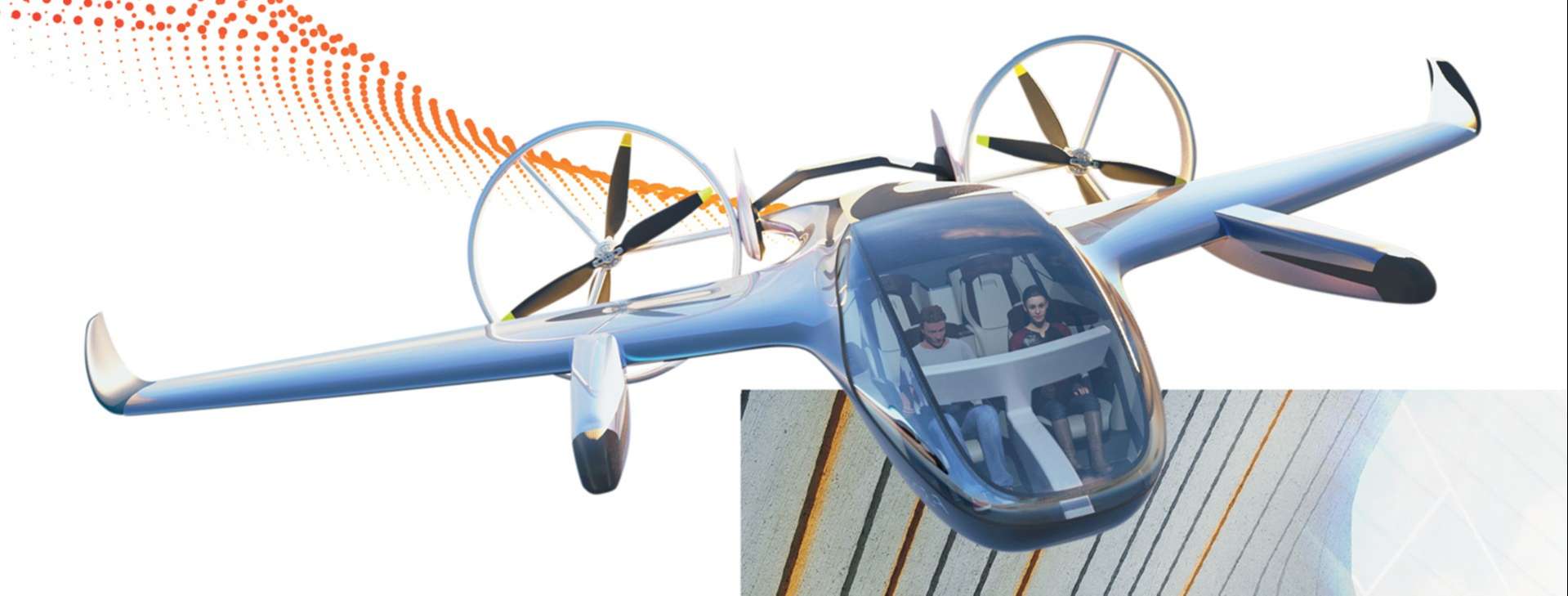
To maximize the range of these vehicles, simulation also is vital in battery design, and the constant quest to make vehicles lighter and more robust means that components and assemblies, subject to multiple nonlinear loads, must be optimized.
Finally, all of these low-flying aircraft must communicate and coordinate with each other reliably so that they can safely operate as part of an urban transportation system, and this requires integrated multi-scale electromagnetic simulations. The technologies integrated into the SIMULIA and CATIA suites allow users to move away from traditional design paths, which are required to achieve a viable concept vehicle quickly and efficiently, in this competitive emerging market.
Developing a quiet, optimized and certified vehicle for Urban Air Mobility (UAM), within the target compressed timeframes, can only be accomplished with the range of multiphysics simulation capabilities provided by SIMULIA.
Our high-fidelity computational fluid dynamics (CFD) uniquely predicts noise signatures of these vehicles, and our electromagnetics capabilities ensure communication system functionality in all adverse conditions. Additionally, with a long history in aerospace certification for structures and composites, our customers can be certain that regulatory requirements will be met, even in the early design phase.
